What’s Best For Weight Loss Journey: Roti Or Bread?
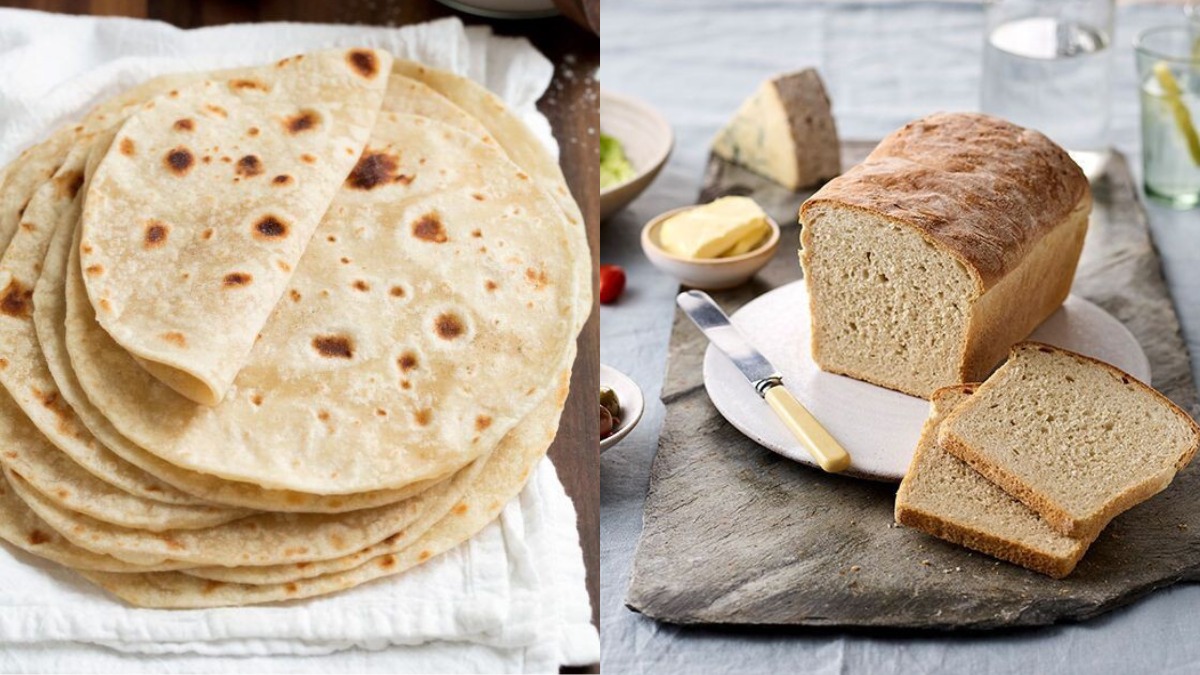
Rethink the next time you reach for a slice of bread to go with leftover curry! Know why the roti always wins over the bread.
Is roti better for you than bread?
Dinner would be incomplete without roti, which is a mainstay in any Indian cuisine. However, we are all looking for quick fixes. For example, if we run out of roti to go with the leftover curry, we look for premade solutions like bread. We believe that bread is the next best alternative for us.
Fortunately, bread comes in a variety of varieties, including brown bread, multigrain bread, and white bread. They are useful, but the next time you think of choosing a slice of bread over roti, reconsider.
Dr Kiran Rukadikar, a physician, determines which of the two is the healthiest option.
Which is better for weight loss: roti or bread?
Roti and bread are two very different varieties of bread that are not interchangeable. Dr Kiran believes that roti is a healthier option for the following reasons.
When you add vegetables like ‘bathua’ or porridge to roti, it can become a complete meal on its own.
Whole wheat flour is used to make roti
Rotis are typically made with whole wheat flour, which is high in fibre. Rotis produced from different cereals, such as jowar, bajra, and ragi, are also becoming popular in South Asian families. To prepare rotis that are weight-loss friendly, try cooking them with healthy flours.
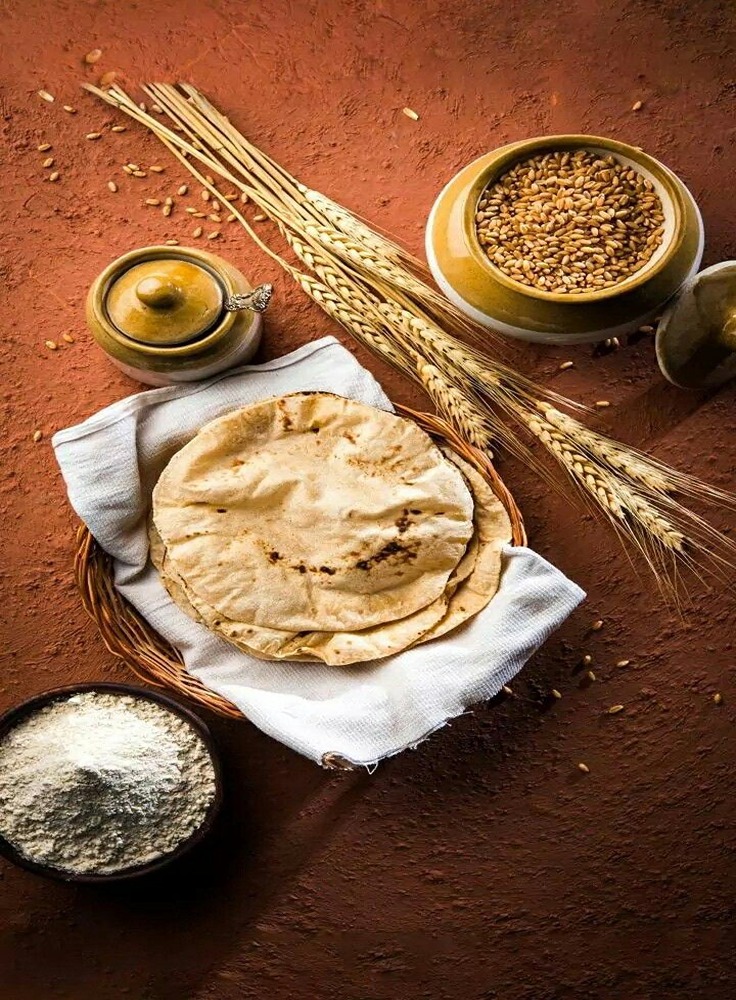
Slices of bread that appear to be composed of whole wheat may really be largely comprised of refined flour (maida), which can wreak havoc on your digestive tract.
The presence of fibre content
Roti is a far healthier option due to the predominance of fibres such as carbs, soluble fibre, and proteins. These fibres provide an energy boost, promote good blood circulation, and keep you feeling fuller for longer.
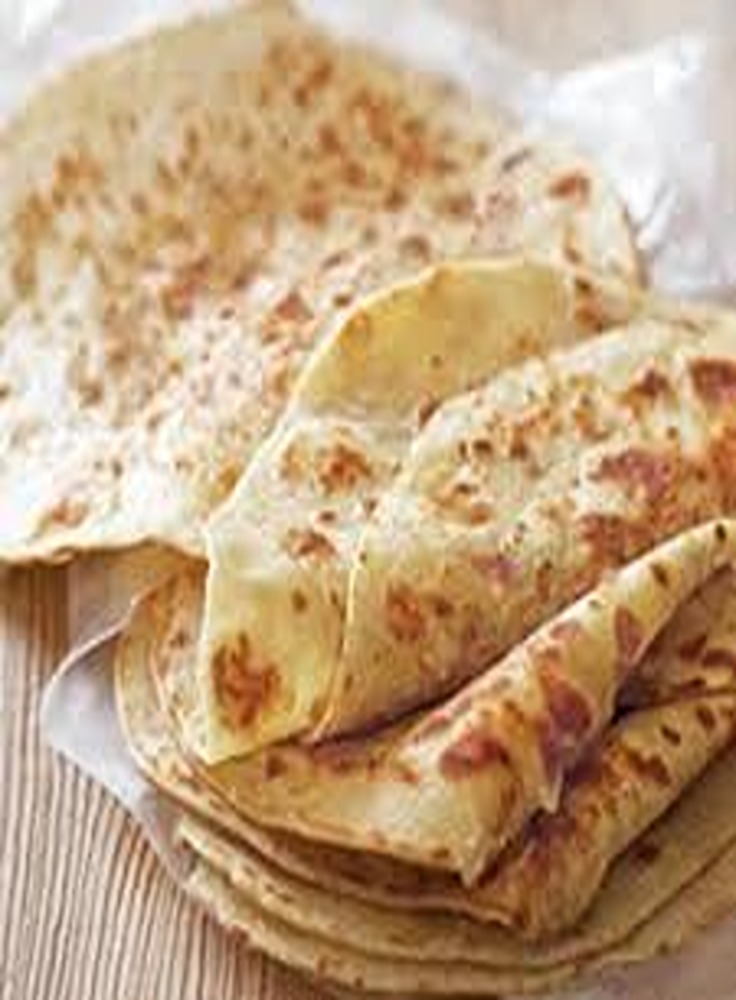
Yeast presence in the bread
The presence of yeast in bread to make it fluffier is not a good decision for your digestive system.
The yeast in a bread loaf dehydrates your body. Furthermore, the convenient brown bread that is so widely accessible in the market occasionally contains colouring additives to give it a brown hue, and no naked eye can tell the difference. So it’s not safe to grab bread based just on its colour.
The fact that roti has no fermentation, processing, or preservatives is one of its many advantages. Bread is the result of fermentation, processing, or the addition of several preservatives. With rotis, however, this isn’t the case. As a result, the nutritious composition of roti remains unchanged. Furthermore, bread is subjected to extensive processing, including the use of emulsifiers that have little nutritional value.
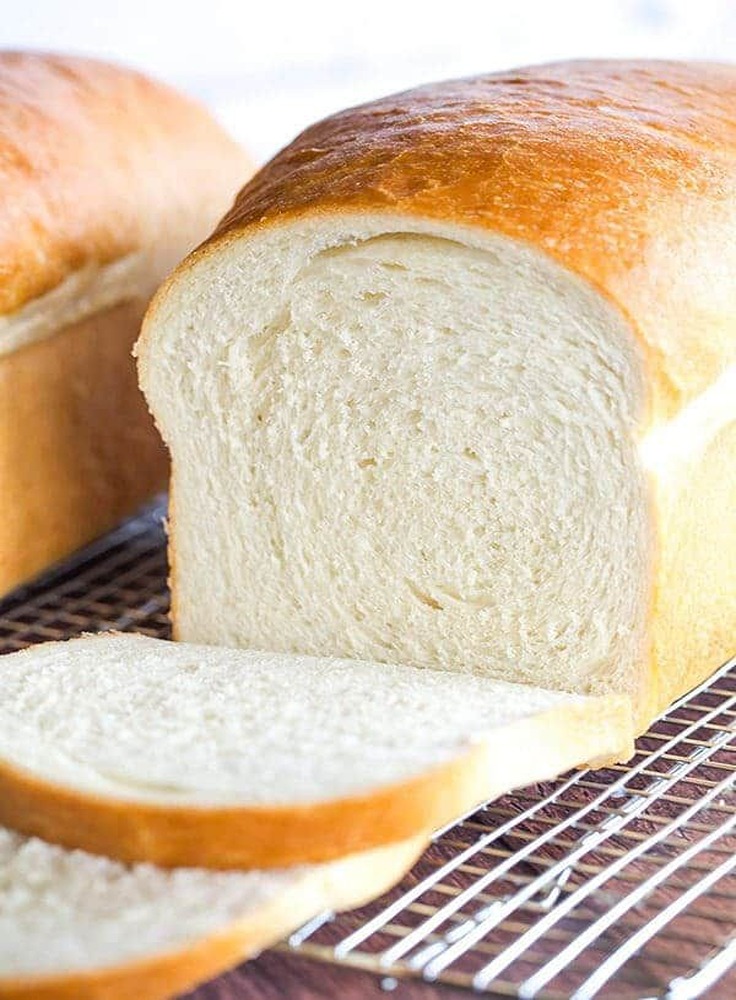
Bread contains a lot of preservatives, whereas rotis are made fresh
Bread is produced with a lot of preservatives, which is why it only lasts approximately a week. Rotis, on the other hand, are produced and consumed fresh because they have a shorter shelf life and turn stale if not devoured immediately.
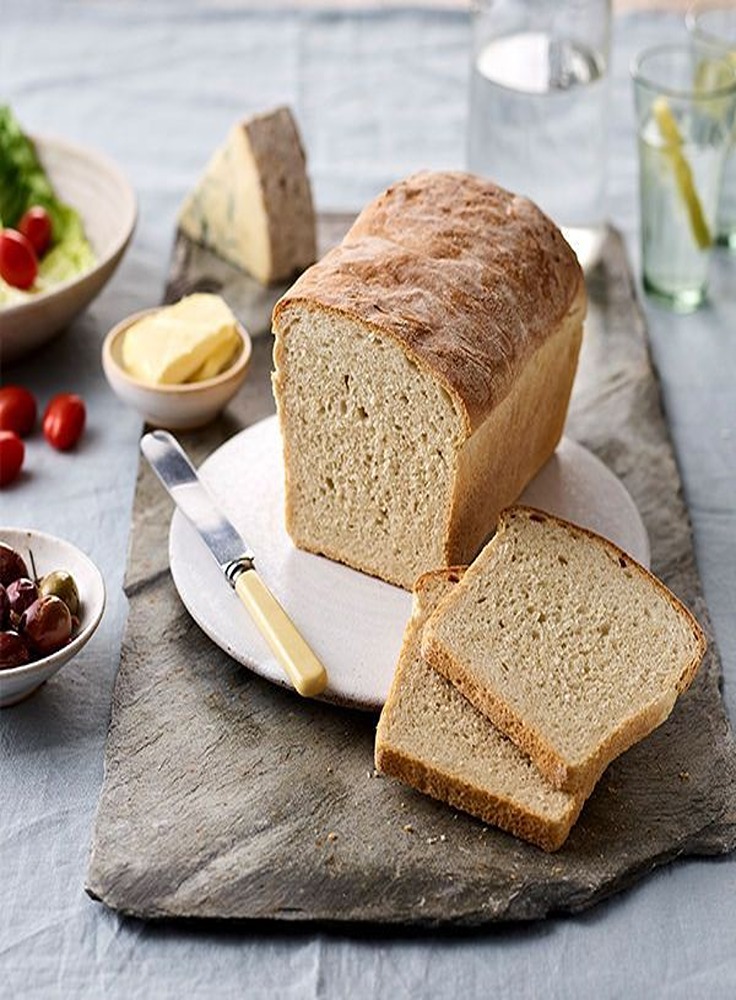
You may make rotis healthy by stuffing them with vegetables
We all know that in South Asian households, a traditional roti is not always prepared for breakfast. Many of us enjoy loaded roti for breakfast. The addition of vegetables or pulses simply increases the nutritional value of rotis.
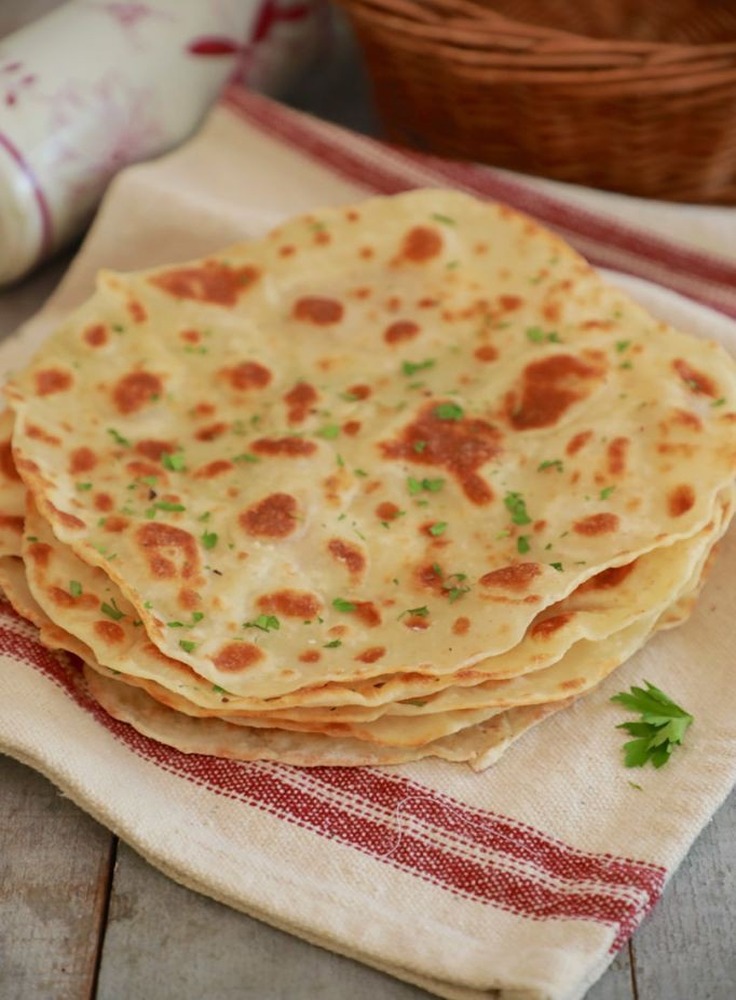
So you know what to pick in the roti or bread game!










